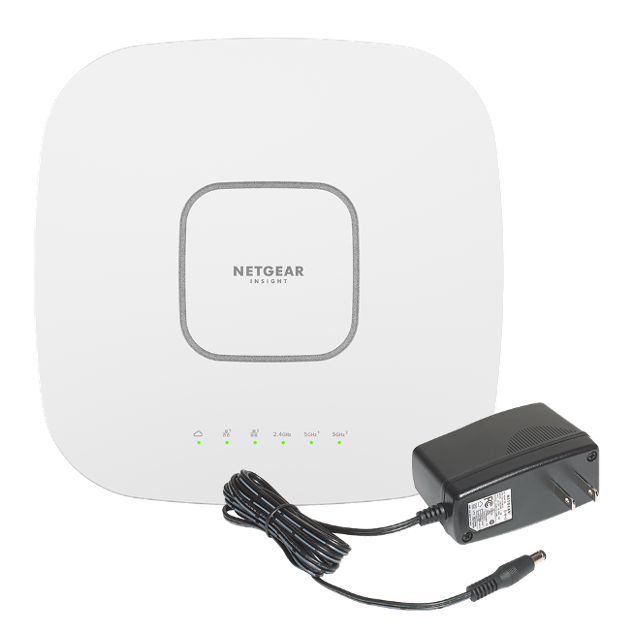

Making a VoIP or video call is all it would take. Consequently, the end user might end up noticing this stop in services. This conflicts with the scanning process, since whenever a scan is performed, the stations must be interrupted in order to change the frequency within the Wi-Fi band and discover other access points on external channels. One of the main problems with scanning Wi-Fi frequencies in an access point is that it must provide an uninterrupted service to the stations. Continuous monitoring of access points in a Wi-Fi area is highly recommended for this reason. For businesses, this can be used to find authorized or non-authorized access points, and thereby avoid malicious or misconfigured Wi-Fis that could harm users. One feature of access points is their ability to scan the various Wi-Fi frequency bands they are operating in to discover, on the one hand, which frequencies are operational and, on the other, which other access points are providing a service in the same band. All devices that need to connect to the network wirelessly, must use it. From them, the devices, also known as stations, connect to an access point, which oversees providing the network service. In the field of Wi-Fi environments, it’s common to refer to wireless links in terms of “short distances” – for example, a home or a business. This would never have been possible, however, without wireless communication, that is, devices capable of connecting to each other using electromagnetic waves in the air.

The fact that they are heavier than other technologies is the reason why the Internet has become so fundamental in our everyday lives. Today, all machines need to communicate with each other.


 0 kommentar(er)
0 kommentar(er)
